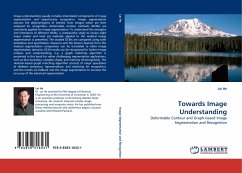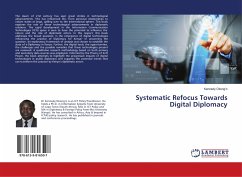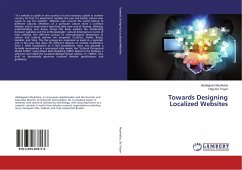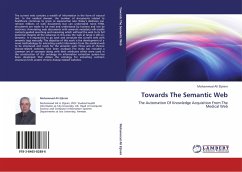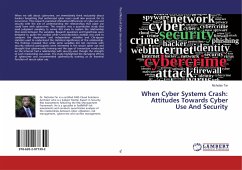Image understanding usually includes interrelated components of image segmentation and object/scene recognition. Image segmentation extracts the objects/regions of interest from images which are then analyzed for recognition. Deformable contour methods (DCMs) are commonly applied for image segmentation. To understand the strengths and limitations of different DCMs, a comparative study to review eight major snakes and level set methods applied to the medical image segmentation is presented. The studied DCMs are compared using both qualitative and quantitative measures and the lessons learned from this medical segmentation comparison can be translated to other image segmentation domains. DCM results can be recognized for further image analysis and understanding, e.g. a graph matching algorithm is presented in this book for rather challenging segmentation applications, such as blur boundary, complex shape, and intensity inhomogeneity. The skeleton-based graph matching algorithm consists of major operations of skeleton extraction, representation, and matching for recognition, and the results are fedback into the image segmentation to increase the accuracy of the advanced segmentation.
Hinweis: Dieser Artikel kann nur an eine deutsche Lieferadresse ausgeliefert werden.
Hinweis: Dieser Artikel kann nur an eine deutsche Lieferadresse ausgeliefert werden.

